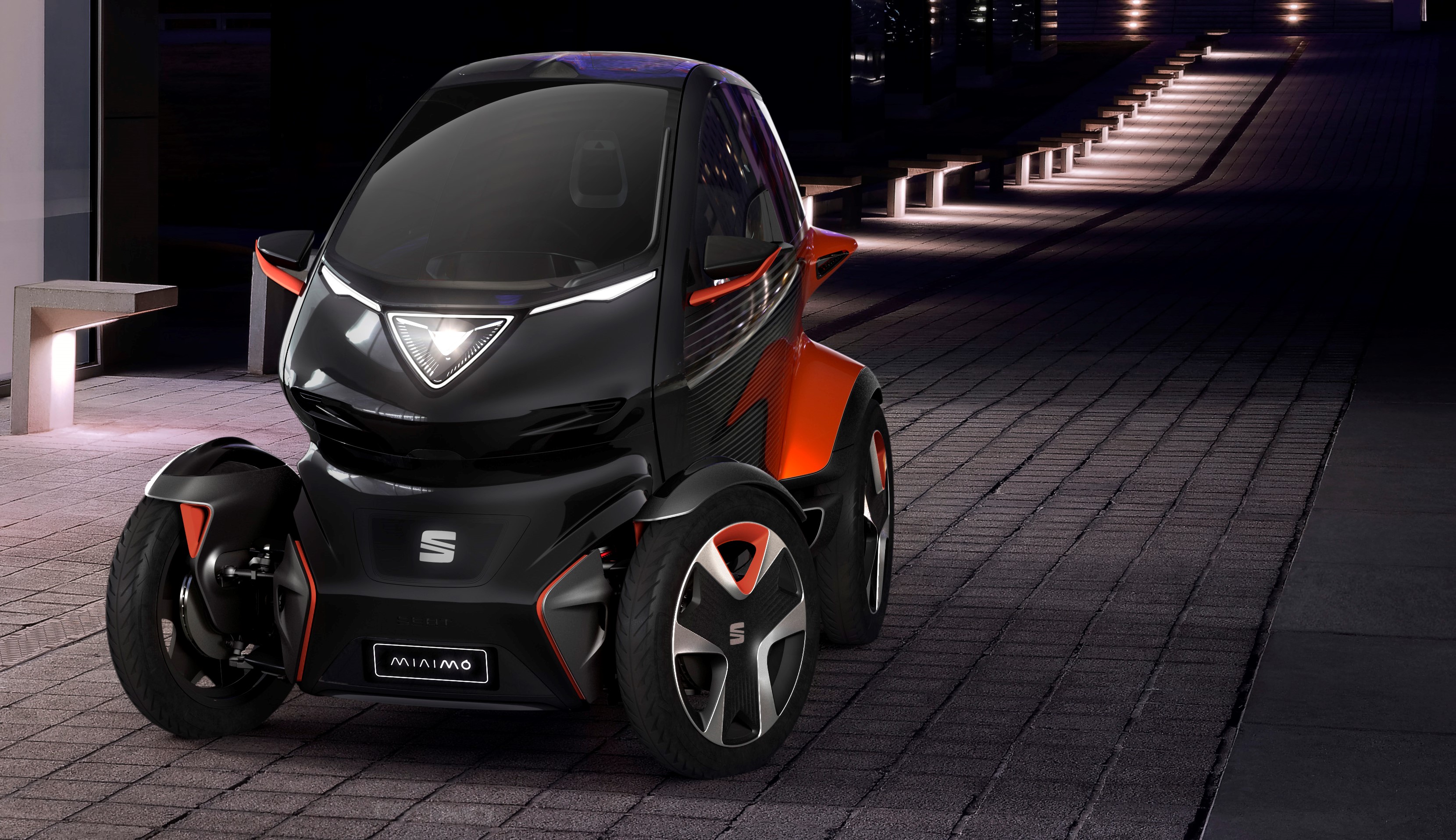
- SEAT looks to the future of city mobility with the unveiling of its concept car, Minimó
- The all-electric vehicle fuses the best aspects of cars with the best features of motorcycles to reduce vehicle footprint in cities
- Quadricycle merges futuristic packaging, agility and practicality to bring a fresh perspective to urban driving with zero emissions and is ready for an autonomous future
- SEAT Minimó is the first purpose-designed vehicle for shared mobility services
- SEAT Minimó can reduce operation costs of electric carsharing by up to 50% thanks to solutions like an innovative battery swap system
Martorell, 25/02/2019. – SEAT is taking the wraps off its vision of the future of urban mobility at the Mobile World Congress in Barcelona today, with the unveiling of its concept car, Minimó.
The all-electric quadricycle has been developed to help meet the challenges of city driving, such as emissions laws regulating vehicles entering urban areas, the growing problem of traffic jams and the lack of parking spaces.
The Minimó brings together the benefits of the smaller dimensions of a motorcycle with the safety and comfort of a larger passenger vehicle, minimising the many frustrations of travelling around our cities.
“The industry is adapting to changes in the way customers view personal transport. With the Minimó, the vision of our first product designed to purpose, SEAT is addressing those challenges, combining autonomous driving technologies with electric powertrain systems to create the future of urban-mobility” said Luca De Meo, President of SEAT.
The vehicle is designed to be narrow and agile making it easier to navigate around urban areas, but is enclosed to increase both safety and its ability to serve a wider number of drivers and their needs.
An all-electric powertrain with zero emissions means that entering city centres with even the most stringent emissions legislation is no problem. Its ability to swap battery packs to quickly and efficiently refuel the vehicle, significantly reduces the charging time for private customers as well as operation costs of an urban electric carsharing service.
A design for life
Minimó’s dual character, bringing together both the qualities of passenger vehicles and motorcycles underlines the emphasis on its primary purpose: the ability to comfortably transport two people with minimal footprint.
With a length of 2.5m and a width of 1.24m, the concept car is compact enough to traverse even the most congested of city streets and fit into the smallest of parking spots. These compact dimensions allows the vehicle for a reduced footprint of only 3.1m2, much less than a regular city car (around 7.2m2). And, unlike other urban vehicles, a great driving pleasure and comfort is provided thanks to the large, uncovered, 17-inch wheels, a high SUV-like seating position and unparalleled roominess for the passenger, allowing it to sweep through urban streets unlike any other vehicle on the road.
The enclosed design, with its lightweight aesthetic and technical beauty, protects occupants not only from the elements but also improves safety, meaning no matter what the conditions, the vehicle is a practical option for getting around town.
The single headlight is reminiscent of a motorbike, while the rear light borrows design cues from aeronautics, emphasising the vehicle’s agility.
Despite Minimó’s compact design, it is also highly practical.
The doors are asymmetrical and hinged to open in the tightest of spaces. The smaller left driver’s door means more space can be given to the vehicle’s glasshouse increasing visibility for passengers, while the larger right passenger door makes entering and exiting the vehicle effortless.
“The design of the Minimó shows the way we understand urban mobility: efficiency, high value and cost saving – combined with a vibrant design. Our Minimó demonstrates that there is space for fun and style when we are talking about electric and shared vehicles. More than ever – design matters.” said Alejandro Mesonero, Design Director at SEAT.
Meeting the needs of an urban society means giving people the freedom to travel around without limits. The Minimó gives customers over 62 miles (100km) of range on a single charge of its energy dense battery pack. But because of its inventive design, there’s no need to wait hours for the vehicle to recharge once all the energy has been used.
Packaged under the floor of the vehicle in an accessible frame, the battery can be swapped with a fresh pack in a matter of seconds and with minimal fuss, allowing the vehicle to continue its journey far quicker than other vehicles on the road.
Driver and passenger comfort and convenience
The watchword for the interior of the Minimó is space – making the cabin as large, bright and enticing as possible in a vehicle with a footprint little bigger than a motorcycle.
From the moment the doors open upwards, occupants are greeted with a tactile, clean and comfortable space, with equal amounts of room for both driver and passenger in the 1+1 seating setup. The 360° panoramic view means that passengers can easily take in the splendour of their surroundings. In fact the distance between the hip point of the rear passenger and driver is identical to that of the SEAT Mii, while the distance between the occupants and the door is more generous than even the current SEAT Ibiza.
The rear passenger is cossetted in soft, smooth materials, clean aesthetics and sensual shut lines. As the rear space does away with a traditional fixed seat, the sense of space and comfort is heightened.
Should the Minimó be driven solo, because the rear seat forms an unbroken part of the interior there is ample space for luggage, adding to the vehicle’s practicality and also hinting at possible future uses for the Minimó in non-passenger vehicle guises.
In the front, the Minimó remains a driver’s vehicle, benefitting from SEAT’s expertise in providing pinpoint dynamics and driveability. The vehicle is based on a stiff chassis, with the 17-inch wheels placed at its far corners, with a lightweight, yet robust, body structure giving incredible performance.
The vehicle offers connectivity solutions to provide a seamless digital experience for the user (private and sharing) based on digital key and wireless Android Auto™ technology. A central digital display behind the steering wheel combines the functions of cluster instrument and digital content from the user smartphone with the necessary safety driving requirements. With the Google Assistant on Android Auto, users can keep their eyes on the road and hands on the wheel while using their voice to stay connected, easily get answers, manage tasks and control media.
The platform is also ready for future developments. The Minimó is preparing for future Level 4 autonomous technologies, which would allow the vehicle to pick up the user when requested, solving one of the main frustrations of car sharers.
A synthesis of solutions
As cities grow and urban spaces become more crowded the need for new approaches to mobility increase in importance. Driving a traditional car can become more tiresome so inventive, well thought out solutions need to be designed.
The Minimó concept is set to revolutionise urban mobility. It takes the positive elements of a passenger vehicle: the safety, comfort and practicality and mixes them with the inherent qualities of a motorcycle: the small footprint and agility, while also adding the new attributes of electrified powertrain technology and seamless digital experience.
The result is a vehicle that is narrow and agile but enclosed and convenient, and specially designed to reduce operation costs of shared mobility operators, providing a proper solution to modern mobility needs.
The Minimó concept car will make its world debut at the 2019 Mobile World Congress in Barcelona, and will also be shown at Geneva International Motor Show in March.
SEAT MINIMÓ, THE VEHICLE SET TO REVOLUTIONISE MOBILITY
Mobile World Congress
- A concept car featuring a battery swap system to fully recharge the car in a matter of minutes, lowering carsharing operating costs by up to 50%
- A 100% electric vehicle combining the best of a motorcycle and a car
- Minimó is set to be a city ally offering enhanced mobility and reducing vehicle footprint
- The company wants to listen to citizens and institutions to further develop the concept
- Luca de Meo: “We are going to lead the Volkswagen Group’s micromobility strategy by coming up with ideas and creating products designed for short distance travel”
- SEAT announces the creation of a software house which will employ more than 100 people
- The ‘Mobility Advisor’ a comprehensive mobility services app is presented
Martorell, 25/02/2019. – SEAT is taking a giant leap in its urban micromobility strategy with the presentation of the Minimó at this year’s Mobile World Congress, a concept car that has been developed as a mobility platform, showcasing the company’s vision of urban mobility in the future.
At this morning’s press conference, SEAT President Luca de Meo explained how “the SEAT Minimó has been especially engineered to adapt to the mobility platforms that will shape the future of city driving, where traffic will be restricted and only a few operators will be able to offer mobility.” De Meo added, “This is the solution that carsharing companies have been waiting for, a model that will be key for improved profitability of this type of companies. The concept we are presenting today responds to the needs of both cities and carsharing providers.”
The best of a car and a motorcycle
The Minimó has been developed by combining the best of two worlds: the safety and comfort of a car with the agility and easy parking of a motorcycle. Comfortably seating two passengers, this 100% electric concept car has been developed with an integrated battery swap system, enabling full vehicle charging in only a few minutes and provides a range of more than 62 miles (100 kilometres). As these cars don’t rely on being taken to recharging points, this innovative system means that carsharing operating costs are effectively reduced by 50%.
At 2.5m long, and 1.2m wide, the car takes up 3.1 square metres of space versus the 7.2 square metres of a normal car, considerably reducing its ecological footprint in the city. The Minimó can be parked in a motorbike parking area, and in a traffic lane it would fit side by side in a space where only one average car fits.
“The Minimó is also a hyperconnected vehicle with built-in 5G technology that provides a convenient and smooth digitaluser experience based on the ‘Digital Access’ key and wireless Android Auto™ on the car display without users having to connect their smartphone to any cable or socket. Among other functions, the car recognises whether the driver is 16 or 18 to adapt its speed to either 45 or 90 km/h, for example. In addition, with the Google Assistant on Android Auto, users can keep their eyes on the road and hands on the wheel while using their voice to stay connected, easily get answers, manage tasks and control media ”, de Meo explained during the press conference.
As a major step in enhancing the SEAT Minimó user experience, SEAT and Android Auto have collaborated to enable seamless, intuitive connectivity, whereby the user can easily call phone numbers, read and respond to text messages, and make use of supported navigation, media, and communication apps on the vehicle’s display.
The city’s best friend
With a concept car like the Minimó, SEAT aims to reduce the vehicle footprint in urban areas. With this in mind, the company is working together with city councils to gain insights into their views and specific needs.
As a result of this joint effort, SEAT will look into the possibilities of integrating the proposals made by public authorities and citizens into the vehicle’s development in order to offer spot-on solutions towards a shared purpose – to enhance urban mobility.
Leading the Volkswagen Group’s mobility strategy
Following the launch of the e-kick scooter eXS powered by SEGWAY and with the international presentation of the Minimó concept car, SEAT has been chosen as the lead brand within the Volkswagen Group to define the strategy of urban micromobility and offer products geared towards this goal.
According to Luca de Meo, “Micromobility, characterised as short commutes under 10 kilometres, today represents around 60% of the total. It is a high potential business for a mobility provider like the one we aim to become. Our mission is to come up with ideas and create products designed for short distance travel. The Volkswagen Group and its different brands will be using our solutions all over the world. SEAT is in the best position to spearhead this strategy, firstly because of our urban setting in a metropolitan city such as Barcelona; and secondly, because this city has a long tradition in design and production of two wheelers.”
Software centre of excellence powered by SEAT: from analogue to digital
In order to adapt to a context shaped by change and to successfully tackle the company’s digital transformation, SEAT has announced the creation, in 2019, of its own software house that aims to continue to strengthen the successful network of Volkswagen Group IT’s Software Development Centres.
This new centre of excellence will employ more than 100 specialists and work to promote two major dimensions within SEAT and the Volkswagen Group. On one hand, it seeks to continue pushing the digital transformation of Group-wide IT-solutions and increase efficiencies by process digitalisation. On the other, it aims to strengthen new business models based on new mobility concepts, connectivity and car digitalisation, with focus on SEAT.
The company is seeking the best in internal and external talent to contribute to positioning this centre as a benchmark of state-of-the-art digitalisation in Barcelona.
The Metropolis:Lab Barcelona will be integrated within the new centre and keep innovating to find solutions for a better mobility. Other independent SEAT companies such as XMOBA will be working in this new venue as well in order to take advantage of all synergies. Luca de Meo said that “this new centre, which will be located in Barcelona, confirms the company’s commitment to transforming itself from being a carmaker to a mobility services provider.”
Mobility Advisor, a single platform for all your mobility needs
Exactly one year ago, at last year’s Mobile World Congress, SEAT held several strategic meetings with executives from the most renowned businesses in the tech sector to research and develop urban mobility solutions based on new technologies such as artificial intelligence.
A year later, at the same place, SEAT will be presenting the ‘Mobility Advisor’ in partnership with IBM, an app still in the concept test stage, designed to offer the best mobility alternative by using artificial intelligence and machine learning based on inputs from its surroundings such as traffic patterns and the user’s own mobility habits and preferences.
The app recommends the best way for users to arrive at their destination by analysing the different mobility options available, from public transport to other alternatives such as carsharing, motosharing or bikesharing.
SEAT’s independent company XMOBA, which tests new solutions that contribute to better mobility, will be leading the implementation of the Mobility Advisor and analysing its integration in Justmoove, the collaborative mobility solutions platform which the company already offers to final customers.
The ‘5G Connected Car’ on the streets of Barcelona
As part of the 5G Barcelona project, which aims to promote the city as one of the benchmark European capitals of 5G technology, SEAT and Telefónica have implemented the ‘5G Connected Car’ pilot test.
The ‘5G Connected Car’ enables communication between the vehicle, the surrounding infrastructure and other cars and is a first step towards achieving cooperative, autonomous driving. The vehicle is now being tested on the streets of Barcelona to gather data and work on its safety development plan while being driven.
Strengthening the connectivity ecosystem
As the first carmaker in the European industry to offer an app (the SEAT DriveApp) that is compatible with Android Auto, SEAT will display an Arona with Android Auto between halls 1 and 2 at Mobile World Congress. Android Auto is a simpler way to use your phone in the car. Whether on your phone screen or on your car display, Android Auto was designed with safety and convenience in mind.
Google and Android Auto are trademarks of Google LLC.

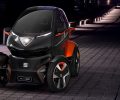
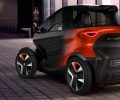
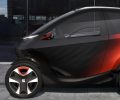
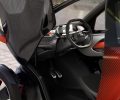
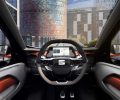
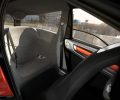
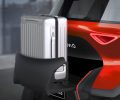
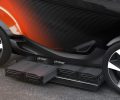
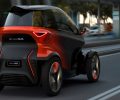
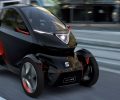
You must be logged in to post a comment.